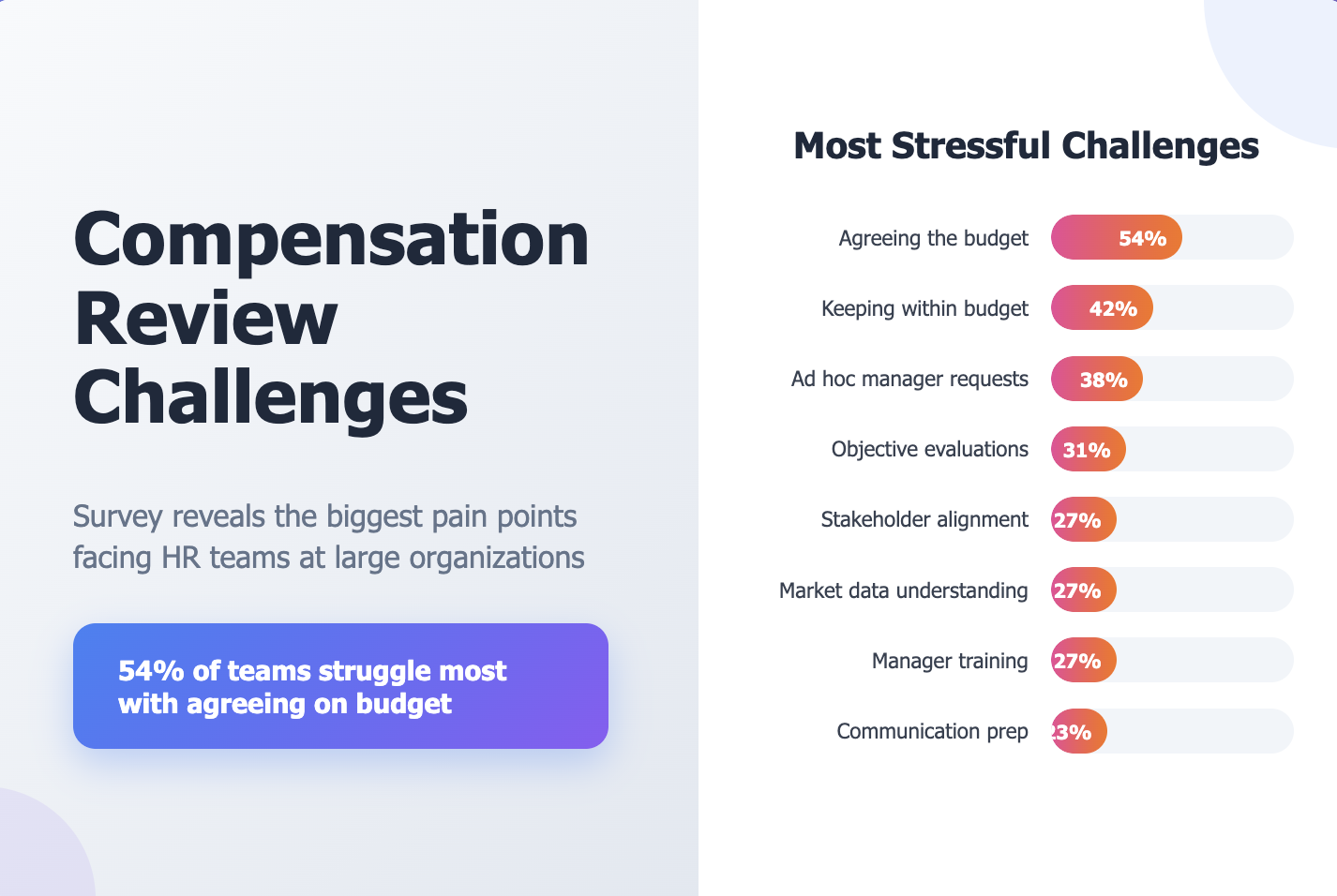A Survey of Equity Refresh Programs: Best Practices & Industry Trends

Why Equity Refresh Strategies Matter
Early-stage startups often don’t prioritize equity refresh programs, as initial grants typically vest over four years. However, as companies scale, an effective equity refresh strategy becomes critical for employee retention, motivation, and long-term alignment with company growth.
Employees with 40-60% of their initial grant vested may become anxious about future stock allocations. A structured compensation management system ensures they continue to see long-term value in staying with your company.
This guide explores common equity refresh strategies and best practices used by industry leaders such as Wealthfront, Carta, Alphabet, Amazon, and Lyft.
Common Equity Refresh Program Structures
1. Wealthfront’s Tenure-Based Refresh Grants
- Structure: Employees receive a large initial grant and tenure-based refresh grants at ¼ the size of their initial grant starting in year two and continuing annually.
- Pros: Simple to administer; ensures steady stock vesting over time.
- Cons: Drop-off effect at year 5, where vesting significantly decreases unless offset by promotions or stock appreciation.

2. Carta’s Performance-Driven Refresh System
- Structure: Similar to Wealthfront but with performance-based refreshes and vesting starting two years after grants are issued.
- Pros: Prevents equity drop-offs and aligns incentives with performance.
- Cons: Requires additional training and administration due to its complexity.
3. Alphabet (Google)’s Front-Weighted Vesting
- Structure: 33% vesting in years 1 and 2, 22% in year 3, 12% in year 4. Employees receive refresh grants starting after year 2.
- Pros: Ensures a steady equity stream without large drop-offs.
- Cons: Higher employee turnover risk, as front-loaded grants incentivize early exits.
4. Amazon & Snapchat’s Back-Weighted Vesting
- Structure: 5% / 15% / 40% / 40% over four years, heavily rewarding long-tenured employees.
- Pros: Aligns stock rewards with long-term performance and retention.
- Cons: Harsh on employees who leave early, which is mitigated by large sign-on bonuses.
5. Annual Equity Grants (Lyft, Coinbase, Stripe)
- Structure: Employees receive new equity grants annually, vesting over a single year (e.g., $100K in 2022, $110K in 2023, etc.).
- Pros: Protects employees from market fluctuations and provides predictable earnings.
- Cons: Limits upside potential, as employees miss out on multi-year stock appreciation.

Equity Refresh Grants for Promotions & Performance
Beyond tenure-based refreshes, companies often grant additional equity for:
- Promotions – Employees receive new stock grants upon moving to a higher role.
- Performance incentives – Top performers earn additional equity to reward exceptional contributions.
These compensation planning strategies ensure that high-value employees stay motivated and invested in the company’s success.
Choosing the Right Equity Refresh Strategy for Your Company
Designing an effective equity refresh program involves balancing:
- Employee retention vs. dilution risks
- Ease of administration vs. customization
- Standardized vs. performance-based rewards
By analyzing industry trends and assessing your company’s growth trajectory, you can build a compensation management system that sustains long-term employee engagement.
Preparing to Manage Equity Refreshes?
Aeqium simplifies equity refresh planning by providing real-time compensation analytics, automated grant calculations, and seamless integration with HRIS systems.
📊 Ready to optimize your equity refresh program? Take a product tour of Aeqium’s compensation management software and streamline your equity planning process today!
➡️ Explore Aeqium’s Equity Refresh Solutions Now.
.png)




